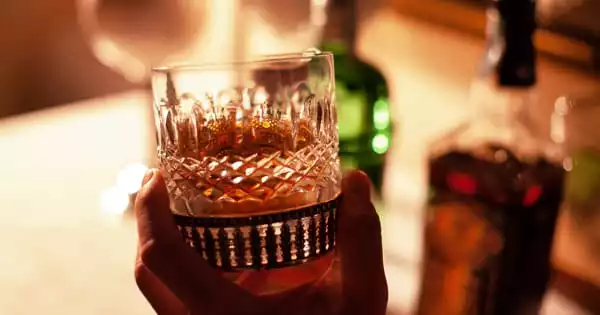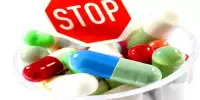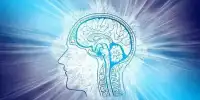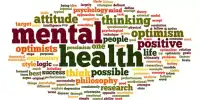If you have been drinking heavily for weeks, months, or years, you may experience both mental and physical problems when you stop or significantly reduce your drinking. This is known as alcohol withdrawal. The severity of the symptoms varies. A new animal study finding could eventually lead to better treatments to reduce cravings in people with alcohol consumption disorder.
It could be the sight of a familiar bar or a beloved bottle for some persons with alcohol use disorder; for others, it could be the sense of leaving the office after a difficult day at work or entering a packed party. Most persons who suffer with drug or alcohol addiction have specific triggers for their desires.
Scripps Research scientists have revealed that in alcohol-dependent rats, environmental cues that become associated with drinking during withdrawal are far more strong than those learned during the early stages of alcohol consumption, resulting in more compelling cravings. The new findings, which were published online in the British Journal of Pharmacology, could eventually lead to novel treatments to reduce cravings in addicts.
“We already knew that need induced by environmental cues often intensifies with time in severe alcohol use disorder,” says Friedbert Weiss, PhD, a Scripps Research professor, “but no one had teased out, on both a behavioral and neurobiological level, why that is until now.”
It is commonly thought that people drink because it makes them feel good. But in people who have developed dependence, the ‘feel-good’ sensation that the drug produces is actually a reversal of feeling terrible.
Friedbert Weiss
Alcohol consumption disorder, which includes a variety of problematic drinking behaviors, affects an estimated 14.5 million people in the United States. Alcohol addiction, like other chemical addictions, is characterized by cycles of withdrawal, abstinence, and relapse. Cravings triggered by environmental cues, such as driving by a nearby pub, are potent motivators for relapse. Similarly, rats who have learned to identify a specific odor with alcohol will seek out alcohol when exposed to the odor.
Weiss and his colleagues wanted to know if the experience of drinking alcohol frequently during withdrawal, rather than only the amount of time or severity of the addiction, helps enhance the acquired associations that lead to cravings. They trained non-alcohol-dependent rats to link an anise or orange fragrance with alcohol. The animals were then subjected to withdrawal cycles in which they were conditioned to connect a different fragrance with alcohol use.
“This allowed us to differentiate, for the first time,” Weiss adds, “the learning that occurs during the original, non-dependent condition from the learning that occurs during withdrawal.”
When all of the animals were tested to determine how far they would travel for alcohol in the presence of a conditioned scent, Weiss’ group revealed that signals learnt during withdrawal were considerably more effective at eliciting a response. In other words, understanding how alcohol heals negative withdrawal symptoms led to even larger cravings than learning about alcohol’s feel-good benefits.
“It is commonly thought that people drink because it makes them feel good. But in people who have developed dependence, the ‘feel-good’ sensation that the drug produces is actually a reversal of feeling terrible,” says Weiss. “When this reversal of feeling terrible is experienced repeatedly, then environmental cues that become associated with this experience produce a much more powerful craving than the initial ‘feel-good’ craving.”
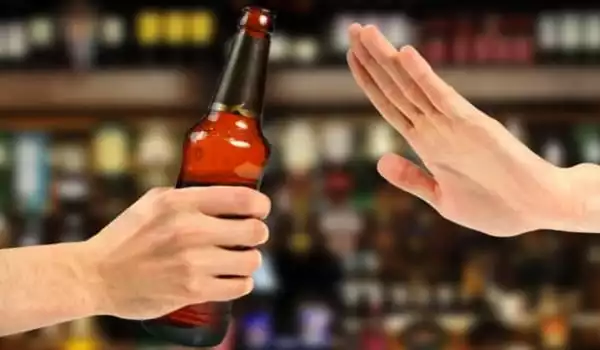
Rats that had learned to associate a scent with alcohol during withdrawal were much more persistent in the presence of that scent; they pressed a lever attempting to obtain alcohol twice as many times in a 30-minute period as animals that had only been conditioned during early alcohol drinking while not yet dependent. This perseverance was maintained even when they experienced a mild electric shock when pressing the lever or when the task of pressing the lever became progressively onerous.
“If an alcoholic comes home from work and there’s nothing in the refrigerator, what lengths will they go to for alcohol? Will they run next door to the liquor store? What if it’s snowing outside and the store is a five-mile walk away? What we’re seeing is that in rats, they’ll work much harder to overcome obstacles and are willing to endure adverse consequences if they’ve been conditioned with cues during withdrawal,” says Weiss.
Furthermore, the team discovered that the new conditioning actually degraded prior cues learnt before the animal became alcohol dependent. If an animal initially associated alcohol with an anise scent, but was later made dependent and conditioned to associate alcohol with an orange scent while drinking during withdrawal, the anise scent was no longer as strong a cue for triggering alcohol-seeking behaviors as the second scent associated with alcohol drinking during withdrawal.
The amygdala, the area of the brain associated with drug and alcohol addiction in humans and rats, was then examined to determine how it changed during each conditioning session. They discovered that different parts of the brain were active depending on whether rats were learning a fragrance during first alcohol exposure while not dependent or during withdrawal after being made dependent.
“The truly fascinating element of this work for me was identifying how acquired associations between medication and environment are instantiated in the brain,” says Hermina Nedelescu, PhD, a Scripps Research staff scientist. “Once we know which brain circuits are responsible for this withdrawal-associated learning, we may think about how to target them with treatments.”
The group is now planning future experiments to more specifically identify the exact groups of neurons involved.
